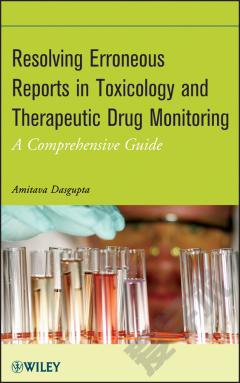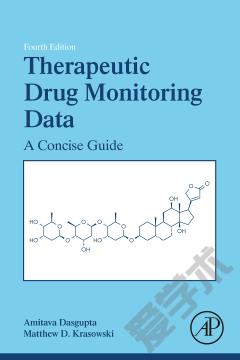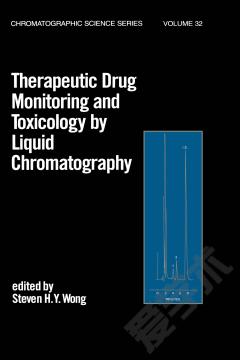Resolving Erroneous Reports in Toxicology and Therapeutic Drug Monitoring —— A Comprehensive Guide
----- 毒理学和治疗药物监测的解决错误的报道:综合指南
Preface vii Chapter 1 An Introduction to Tests Performed in Toxicology Laboratories 1 Chapter 2 Challenges in Drugs of Abuse Testing 31 Chapter 3 False-Positive Results Using Immunoassays for Drugs of Abuse Testing 53 Chapter 4 True-Positive Drugs of Abuse Test Results Due to Use of Prescriptions and Nonprescription Drugs 67 Chapter 5 When Toxicology Report Is Negative in a Suspected Overdosed Patient: The World of Designer Drugs 85 Chapter 6 Abuse of Magic Mushrooms, Peyote Cactus, Khat, and Solvents: No Readily Available Laboratory Tests 101 Chapter 7 Limitations of Blood Alcohol Measurements Using Automated Analyzers and Breath Analyzers 121 Chapter 8 Role of the Laboratory in Detecting Other Poisoning, Including Pesticides, Ethylene Glycol, and Methanol 139 Chapter 9 Poisoning with Warfarin and Superwarfarin: What Can Laboratory Testing Do? 161 Chapter 10 Plant Poisoning and the Clinical Laboratory 185 Chapter 11 Sources of Erroneous Results in Therapeutic Drug Monitoring Due to Preanalytical Errors, High Bilirubin, Hemolysis, and Lipids 213 Chapter 12 Challenges in Therapeutic Drug Monitoring of Digoxin Using Immunoassays 237 Chapter 13 Interference in Immunoassays Used for Monitoring Anticonvulsants and the Usefulness of Monitoring Free Anticonvulsants 265 Chapter 14 Interference in Immunoassays Used to Monitor Tricyclic Antidepressants 293 Chapter 15 Therapeutic Drug Monitoring of Immunosuppressants: Limitations of Immunoassays and the Need for Chromatographic Methods 323 Chapter 16 Effect of Drug Herb Interactions on Therapeutic Drug Monitoring 355 Chapter 17 Pharmacogenomics and the Toxicology Laboratory 385 Chapter 18 Approaches for Eliminating Interference/Discordant Specimens in Therapeutic Drug Monitoring and Drugs of Abuse Testing 411 Index 429
{{comment.content}}








 京公网安备 11010802027623号
京公网安备 11010802027623号